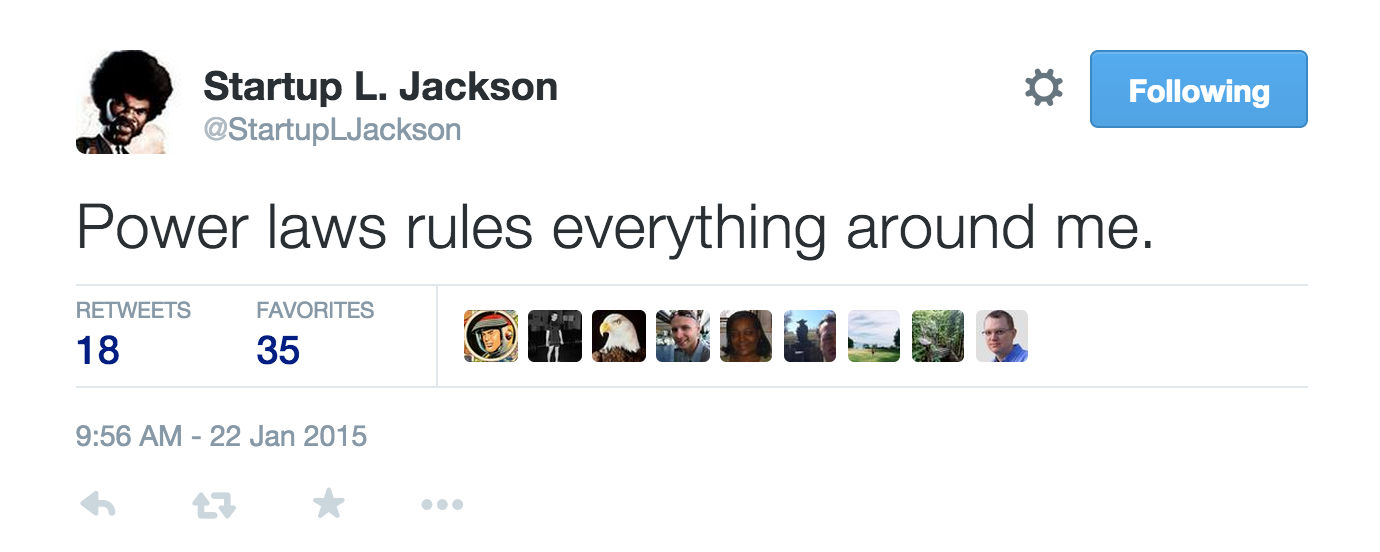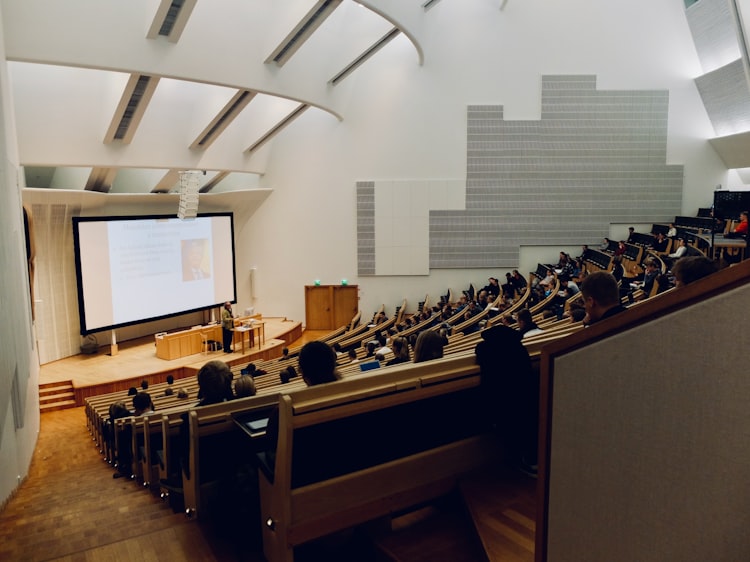Labor Market Arbitrage
Back when the country locked down in March, like many others I hopped on Zoom calls with family and friends where we speculated about when we’d be going back to work in the office. I didn’t realize it then, but (at least for me) the answer is: Never.

Work From Home’s Dirty Little Secret
Great cities attract ambitious people. If you’re looking to make your mark on the entertainment industry, you move to Los Angeles. If you want to become a financial Master of the Universe, you move to New York.
Historically, the downside to leaving one of these cities has been losing its network effects. This is why digital nomadism never went mainstream – if any smart, ambitious people in this instance of the Prisoner’s dilemma chose to work in-person, it created an equilibrium in which everyone else who was looking to get ahead needed to do the same. COVID creates a new Schelling point in which people can choose to work remotely, precisely because everyone else is also working remotely. They lose fewer of the network effects than they would have a year ago.
So for a substantial minority of white collar workers, COVID has actually improved lives.[1]
COVID catalyzed a burgeoning remote work trend, which is in turn is upending the status quo of our framework for choosing where to live. Previously, the primary consideration for what city to call home was:
- Your current job
- The local labor market for your industry
- Everything else
COVID has removed #1 and #2 (at least in the near term), meaning that people are now choosing where to live based on the ever-nebulous “Everything else” category. Do you prioritize proximity to family? Access to outdoor activities? Want to create a co-living community with a bunch of friends? Now, you don’t have to give up the career opportunities of living in the big city to move to a kibbutz – you can do both. Just make sure that you have a good home office setup wherever you do choose to go.
Both anecdotes and data bear this out. Home prices in lifestyle cities like Austin and Salt Lake City are up, while rents in SF and NYC are down. Airbnb bookings, especially long-term stays (a leading indicator of home sale demand), are through the roof in towns within an hour or two of urban centers.

What does all of this mean? Well, if you’re still paying rent in New York or San Francisco and don’t have a compelling reason to do so: leave now, before prices rise in the cities that young people are now flocking to. You’ll increase your savings by spending your high salary in a low cost-of-living city.
On the other hand, if you’re happy with where you live, now is a great time to get a new job. With the labor market now untethered from your geographic locale, you can enjoy your current lifestyle while locking in the salary of a much higher cost-of-living city. The key is to do this soon – before companies start adjusting salaries for the cost of living where a given employee is located.
The Bear Case 🐻
The advice I just gave assumes an indefinitely long work from home future. However, given a strong Bayesian prior of working in person, what is actually likely to happen?
While we’re working from home, those least affected are people in the later stages of their careers. They have a large amount of social capital and an existing network, meaning the marginal interaction for them in an office is less valuable. So they have the luxury of being able to work from home without adverse consequences.
Conversely, those early on in their career have the most to gain by working in an office. They are eager to establish themselves, and the best way to establish a the track record of work performance and build a large rolodex is through making a positive impression face-to-face. So they lose the most due to an environment of working from home – potentially slower promotions and lower earnings than they would otherwise have. Additionally, once working from an office (at least part of the time) becomes viable, all it takes is a few ambitious people looking for face time to defect to the office to make in-person work the norm once again. So unless everyone is working from home – from the C-suite on down – no one will be.

So it’s far from certain that the future of work is more than a small minority of people being able to work from home. Byrne Hobart argues that the serendipity of in-person interactions coupled with the network effects of cities create a future in which people can work from home, but also commute to the office for important meetings. Packy McCormick also envisions a hybrid model.[2]
Further, some companies already adjust salaries based on cost of living. This is the reason that my brother, a Google engineer, hasn’t left the Bay Area. He’d be taking a pay cut if he moved anywhere else. In Closing the Remote Work Arbitrage, Byrne Hobart explores the second- and third-order effects on this phenomenon:
VMWare is cutting compensation for remote workers in cheaper parts of the country. An equilibrium where workers all work from home and earn the same wage selects for workers to move to cheap parts of the country, so it’s not stable. But an equilibrium where companies select wages based on where remote workers live is also hard to maintain; it’s hard to measure any productivity difference between someone working in San Jose and the same person working in rural Wyoming. The tech labor market remains liquid, so workers who are underpaid because they work somewhere cheap will get picked off by employers who use a broader remote wage scale.
The most stable setup would be to bucket workers into three categories: 1) can commute to the office once that’s possible, 2) can’t commute, but can take a short direct flight, or 3) would need a full day of travel to get to the office.
What tech companies are talking about instead is localizing wages based on cost of living. This has a very interesting side effect: it’s a de facto subsidy for single employees to move to the most expensive place they possibly can, because their personal expenses are lower (smaller homes, car optional, no school, less healthcare), so their disposable income benefit would be higher. And since dating is a two-sided market, any subsidy that encourages single people to move somewhere will encourage other young single people to follow them. Cost-of-living-based compensation would be very positive for the economic recovery of big cities.
For those of us who enjoy the freedom of working remotely, Moloch strikes again.
Thinking 10 Years Out
This analysis is all done on the social level. What if companies decide that the cost savings of having a remote workforce – no need to pay high rents, lower salaries for cost of living, etc. – outweigh the negatives of the serendipity of in-person interactions? At that point, how much more of a leap is it for them to start recruiting employees outside of the US to further lower costs?
White-collar workers in the U.S. are about to realize what blue-collar workers did 50 years ago. They are in for a rude awakening when they realize that a college degree and the ability to copy and paste in Excel does not give you a competitive advantage in the global labor market – especially when your competition is more than happy to work for half of your salary.
This is the thing that nobody seems to be talking about, the thing that scares me the most about this brave new future of highly-skilled work: we now compete with the entire world.
But we’ve had remote work tools for over a decade now. If this were the case, wouldn’t it have happened already?
Let’s explore what causes companies to draw from a local labor pool:
- Quality control. Companies don’t want to be scammed by people abroad who will take their money and abscond with it, or just produce low-quality work. In-person, at least they can measure if the person they hired is in the office every day.
- Trust. Related to quality control, but it’s draining and unproductive to worry about whether someone can be trusted to actually be a good worker. By having a degree from a reputable and recognizable university, or being within a degree or two of connection in your social network, a potential hire signals that they are more likely to reflect positively on you.
- Culture. You want to work with people that you like to be around and who understand the same references as you. For better or worse, having a shared cultural baseline in the business world is important.
- Communication bandwidth. In-person interactions convey much more than an email can. Communicating asynchronously while working across multiple time zones creates long delays that a 30-minute meeting could solve. The easiest way to ensure high-bandwidth communication is to get people into the same room.
COVID has forced us to revisit these assumptions. How much of this is reality, and how much of it is simply defaulting to what has been a norm for centuries? By forcing us to adapt to a remote work world, COVID has shown us that while these four problems with remote work still exist, they are not insurmountable obstacles. And these obstacles become much more palatable for companies to take on when they can slash their costs by doing so.
I’m already seeing this. The company where I work, TRM Labs, embraced remote work pre-COVID. Pre-pandemic (and today), the entire Machine Learning team is located abroad: the team lead in France and three engineers in Egypt. This is highly skilled, complex work that will only scale up in the future. When I was still at Oscar Health, almost all of our new job listings were listed in Tempe, rather than NYC. Why pay a future employee a New York salary when you can get them for 75% of the cost – especially if they’re going to be working remote anyways?

The internet creates power law distributions. A select few companies will be able to pay above-market rates to attract top talent. Employees of lesser-tier firms, or those without a particularly rare skillset, will realize that their salaries were propped up by a scarcity of local highly-skilled labor. A global power law distribution of this type of labor bodes poorly for them.[3]
Right now, we’re all just along for the ride. We’re in a strange liminal state where the old rules apply and the labor market hasn’t adjusted yet. But in the next few years, there will be an inflection point. And fueled by Zoom, the Silicon Valley caste system will spread.
In Deep Work, Cal Newport suggests that we only have the potential to produce actual quality work for four hours per day. The rest of the time is filled with – for lack of a better term – bullshit. Provided you have a good home office setup, working from home helps to eliminate a lot of this bullshit (commute, meetings, etc.) that filled the rest of your time. (This is a big qualifying statement – I’m well aware that many with roommates or children are itching to get back to the office.) ↩︎
Both of these essays are worth a read in full. ↩︎
Relatedly, I believe that a great business to be in over the next decade is providing highly skilled labor from abroad to U.S. Companies, like Andela. This helps address the quality control and trust issues, creating a gigantic arbitrage opportunity. ↩︎




